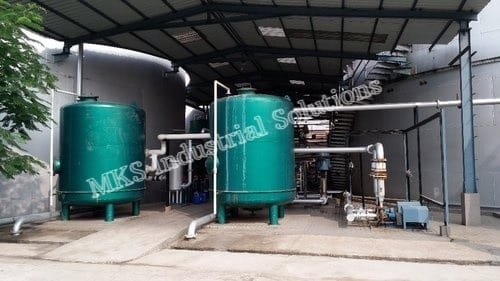INTRODUCTION
Reverse Osmosis (RO) is a membrane based process technology to purify water by separating the dissolved solids from feed stream resulting in permeate and reject stream for a wide range of applications in domestic as well as industrial applications. It is seen that RO technology is used to remove dissolved solids, colour, organic contaminants, and nitrate from feed stream.
PRINCIPLE
Osmosis is a natural process. When two liquids of different concentration are separated by a semi permeable membrane, the fluid has a tendency to move from low to high solute concentrations for chemical potential equilibrium.
Reverse osmosis is the process of forcing solvent from a region of high solute concentration through a semi permeable membrane to a region of low solute concentration by applying a pressure which is excess of osmotic pressure.
Advantage OF RO Water
Water treatment is essential for all dimensions of life. Polluted water is the basic reason behind countless diseases. Apart from basic need of humanity Industrial water treatment seeks to manage following main advantage areas:
DRINKING WATER :-
A good R.O. system with controlled TDS can remove contaminants such as arsenic, nitrates, sodium, copper and lead, some organic chemicals, and the municipal additive fluoride which are harmful for the human body.
BOILER FEED WATER :-
- Quality of feed water can cause many benefits-
- Scaling Control (responsible for wet steam production from boiler)
- Corrosion Control (includes boiler and all distribution line accessories)
- Fuel savings
- Dry steam production
- COOLING TOWER
- RO water is used to prevent scale formation.
PROCESS APPLICATIONS
RO water is used for:
- Direct injection to maintain hygiene
- Scaling/ Corrosion control (makes life of heat exchanging equipment longer)
PRE-TREATMENT
Pre-treatment may include all/combination of following equipment based on feed water analysis report:





